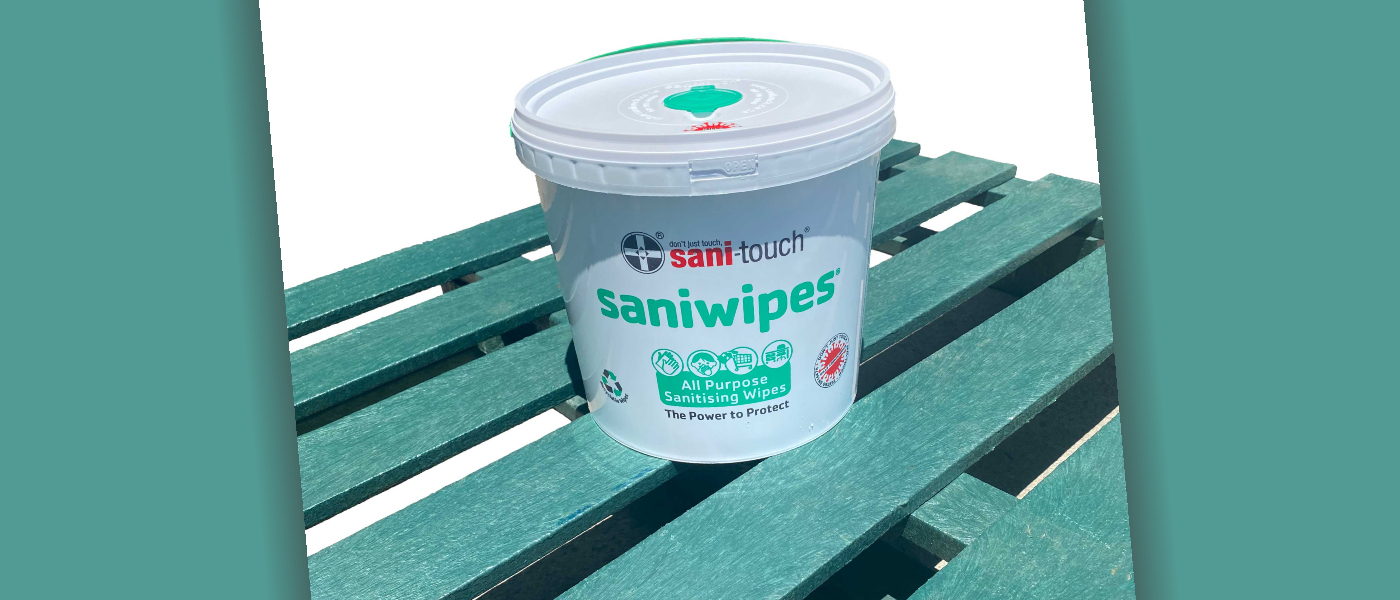
Around the world there is momentum gathering around the creation of circular economies.
In late 2021 the Council for Scientific and Industrial Research (CSIR) launched its findings based on a study of what a more circular economy could mean for South Africa in terms of much-needed social, economic and environmental opportunities.
It found that transitioning to a more circular economy has the potential to create value across all sectors of the economy, providing opportunities to decouple development from resource consumption. In the process, says the report, improving food security through regenerative agriculture; creating more sustainable, liveable cities; improving economic development through efficient mobility systems; and decoupling economic development from the demands placed on the country’s water and energy systems which are already under considerable strain.
For its part government has also acknowledged the benefits that a transition to a more circular economy could provide, recognising it as a new source of growth for South Africa.
The introduction of Extended Producer Responsibility (EPR) regulations in South Africa are intended to ensure that producers in the electrical, lighting, paper and packaging industries take responsibility for the life cycle of the products they put into the market and is an important step towards the creation of a circular economy. However, for many organisations it’s merely a tick-boxing exercise.
One business that is determined that this never becomes a tick-boxing exercise is Infection Protection Products, manufacturers of the Sani-touch range of products which includes detergent disinfectants and sanitising products supplied primarily to the retail and medical industries.
Demand for its Sani-touch Saniwipe trolley wipes increased exponentially at the onset of the Covid-19 pandemic. The trolley wipes are manufactured using either an imported biodegradable wipe fabric or a more cost-effective 100% locally-sourced polypropylene. Demand for the latter has far exceeded demand for the former. Previous efforts to get the polypropylene wipes recycled failed as a result of low volumes.
The pandemic changed all that and in 2021 the company announced an ambitious plan to recycle not only its polypropylene wipes but also the buckets the wipes are supplied in. The recycled polypropylene is now being used to produce wipe bucket catches as well as outdoor furniture and pallets.
It’s been an arduous journey to get to this point, concedes Sani-touch Marketing Director, Annette Devenish. “It has taken a huge amount of time, effort, cajoling and convincing to firstly get retailers and users on board, and then to find the right recycling partners and manufacturers. It also required us to make changes to our products and their packaging so that every element is 100% recyclable. Getting to this point has taken enormous commitment and investment.”
That effort is starting to pay off. Checkers was the first retailer to come on board and negotiations are currently underway with other businesses in the retail and health care industries.
“All businesses look at return on investment,” points out Devenish. “Creating a circular economy that works and is sustainable in the long run takes a huge amount of initial investment. We had to take a leap of faith that big businesses would share our vision and join - and support - us on our journey. Getting a circular economy off the ground has been hard going and often quite frustrating.”
Creating a genuinely circular economy can’t simply be a tick box exercise but instead requires that organisations see the process all the way through till the circle is closed, insists Devenish. “For both manufacturers and users, it is about changing the way we do things, putting our money where our convictions lie and perhaps even making smaller margins but better business decisions which benefit our world in the long term.”
Creating a circular economy, she points out, does not stop with sending products to recyclers. “Recyclers are only one part of a process. In our case, our end goal is to ensure that our used wipes don’t end up in landfill and instead get recycled, with the recycled polypropylene manufactured into a bench or a pallet that can be used over and over again. It’s also about finding demand for the recycled products. For example, we’re currently working to encourage those who use wooden pallets for transporting and stacking products to convert to plastic pallets, and carpenters who would typically use wooden slats to convert to recycled plastic slats.”
One of the biggest advantages of polypropylene, she explains, is that it can be recycled many times over. “What this means is that if a pallet, for example, is damaged over time, it can simply be recycled and remoulded back into a brand new pallet, creating a virtuous circle. Ultimately, a circular economy is not just about one circle, but many circles woven together.”
As Professor Linda Godfrey, the principal scientist at the CSIR has previously noted, the circular economy is about so much more than waste and waste recycling but rather about sustainable resource management. “It is about managing South Africa’s future development risks by understanding the availability of resources and keeping those resources circulating productively within the economy,” she has been quoted as saying.



